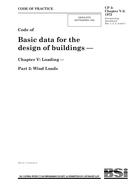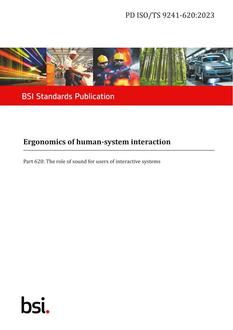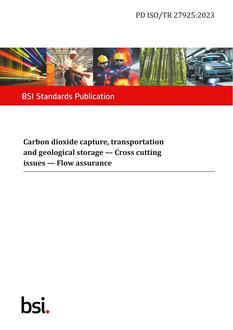
Click here to purchase
BS CP 3:Chapter V-2:1972 gives methods for calculating the maximum gust wind loads that should be takeninto account when designing buildings or components thereof.
BS CP 3:Chapter V-2:1972 does not apply to buildings that are of unusual geometric shape, or have unusual site locationswarranting special consideration, the loading for which should be obtained by experimental methods.
BS CP 3:Chapter V-2:1972 does not apply to buildings whose structural properties (weight, stiffness, frequency or damping) makethem susceptible to dynamic excitation. These should be assessed using published sources, examples ofwhich are given in Appendix J, or by experimental methods. It should be noted that if a building issusceptible to excitation by vortex-shedding or other aerodynamic instability the maximum dynamicresponse may occur at wind velocities lower than the maximum.
For the purposes of this Code, “experimental methods” include properly-conducted wind tunnel tests whichmeet the provisions given in Appendix K. These experimental methods are also recommended when windloading data are required in more detail than is given in this Code, or when the form of the building can bechanged in response to the test results in order to give an optimal design.’
Product Details
- Published:
- 01/01/1972
- Number of Pages:
- 64
- File Size:
- 1 file , 1.4 MB
- Note:
- This product is unavailable in United Kingdom


